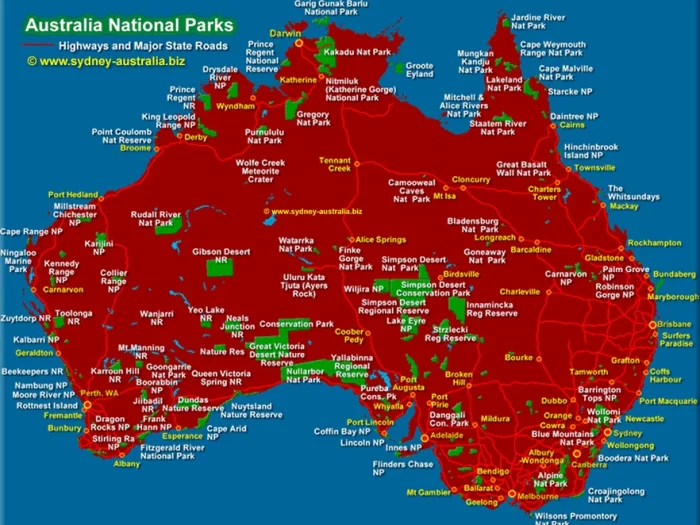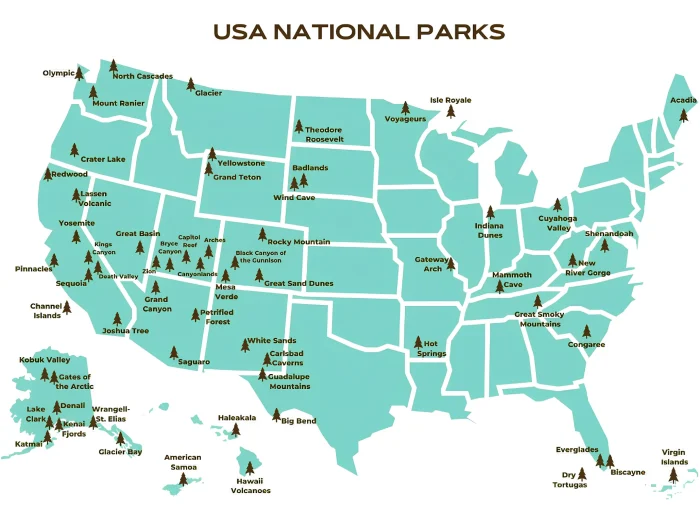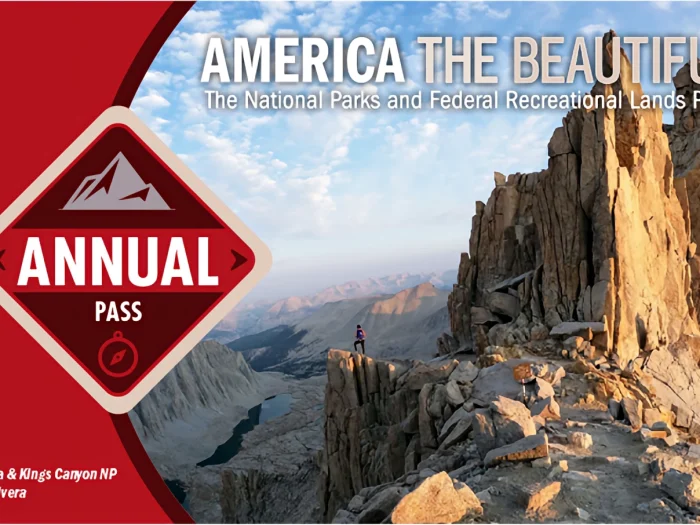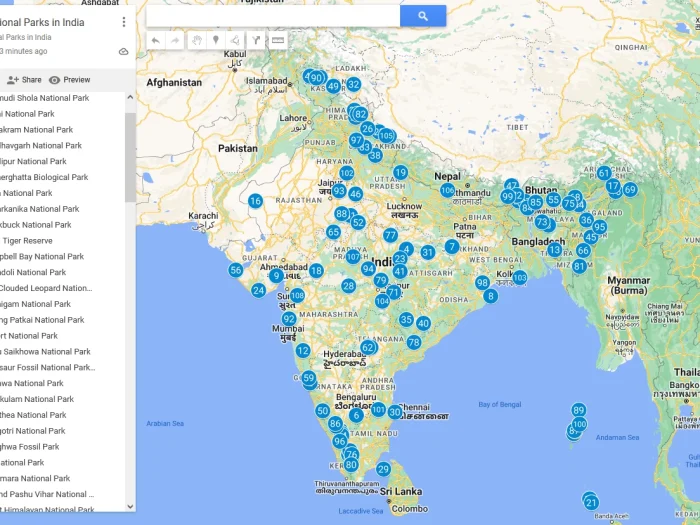Best Things to Do in Biscayne National Park
Tucked along the southeastern coast of Florida, Biscayne National Park is a hidden gem that offers an extraordinary mix of natural beauty, marine life, and historical intrigue. Unlike many other national parks, 95% of Biscayne is underwater, making it a paradise for boaters, snorkelers, and divers. Whether you’re a nature lover, adventure seeker, or history buff, here are the best things to do in Biscayne National Park.
Best Things to Do in Biscayne National Park
1. Snorkeling and Scuba Diving
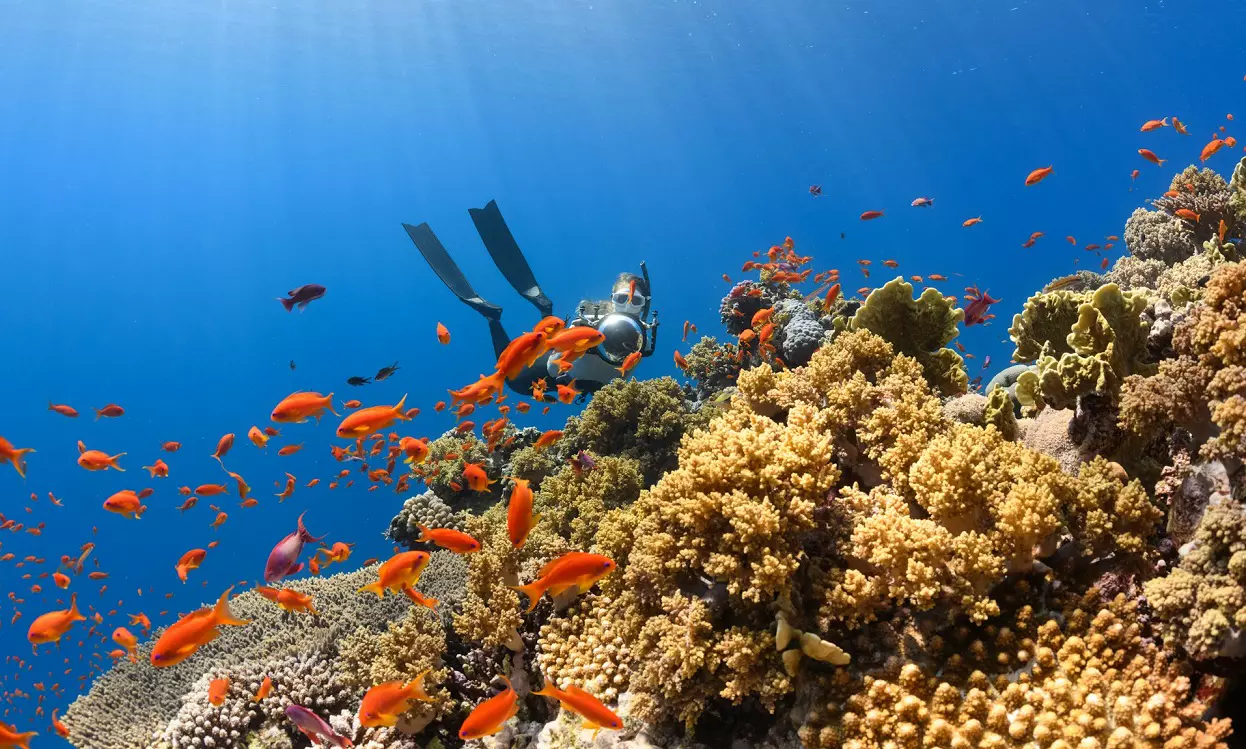
Biscayne’s vibrant coral reefs are teeming with life. The Florida Reef, the third-largest coral barrier reef system in the world, is a major attraction here. You can snorkel or dive among colorful corals, tropical fish, sea turtles, and even the occasional dolphin.
Popular dive/snorkel spots include:
- Maritime Heritage Trail – An underwater trail that includes shipwrecks dating back to the 1800s.
- Elliott Key Reefs – Rich in marine biodiversity.
Tip: Guided tours are available through authorized concessionaires at the Dante Fascell Visitor Center.
2. Boat Tours and Kayaking
Since most of the park is accessible only by water, a boat tour is one of the best ways to explore it. You can book a guided tour or rent a kayak or canoe to paddle at your own pace.
Highlights include:
- Boca Chita Key – Famous for its picturesque lighthouse and picnic areas.
- Elliott Key – The park’s largest island, offering hiking, camping, and stunning coastal views.
- Jones Lagoon – A serene paddling destination with opportunities to spot rays, jellyfish, and juvenile sharks in crystal-clear waters.
3. Visit Boca Chita Key
Boca Chita Key is a must-visit for its 65-foot historic lighthouse, built in the 1930s by Mark Honeywell. Although the lighthouse is ornamental, it offers fantastic panoramic views from the top. The island also has a small beach, grassy picnic areas, and overnight camping facilities.
4. Camping Under the Stars
If you want to experience Biscayne after the day-trippers leave, camping is available on Elliott Key and Boca Chita Key. These primitive campgrounds offer basic facilities but a peaceful, off-grid experience surrounded by nature and starlit skies.
Note: There are no services on the islands, so you’ll need to bring your own supplies and make transportation arrangements.
5. Wildlife Watching
Though mostly aquatic, the park is home to a variety of wildlife. Look for:
- Manatees in the marina and shallow bays.
- Bottlenose dolphins playing in the surf.
- Ospreys, herons, and pelicans along the shorelines.
- Sea turtles, especially during nesting season (May–October).
6. Hiking the Spite Highway Trail
On Elliott Key, the Spite Highway Trail runs along the length of the island, offering a peaceful walk through a subtropical hardwood forest. It’s a good way to experience the island’s unique plant life and history.
7. Dante Fascell Visitor Center
Before heading out on the water, stop by the Dante Fascell Visitor Center in Homestead. It features educational exhibits, a gallery of local art inspired by the park, and helpful rangers who can answer questions and help you plan your day. There’s also a scenic boardwalk and a short mangrove trail nearby.
8. Photography and Relaxation
With crystal-clear waters, lush mangroves, and Caribbean-style islands, Biscayne is a dream for photographers. Sunrise and sunset over Biscayne Bay are particularly stunning. Even if you’re not into adventure sports, just relaxing by the water and soaking in the views is a rewarding experience.
Tips for Visiting Biscayne National Park:
- Best time to visit: Dry season (December to April) offers cooler temps and calm seas.
- Access: The park’s visitor center is on the mainland, but most destinations require a boat.
- What to bring: Water, sun protection, snorkeling gear (if not renting), and waterproof bags.
- Be mindful of wildlife and coral reefs—practice Leave No Trace principles.
Final Thoughts
Biscayne National Park offers a unique blend of marine adventure, island exploration, and quiet natural beauty. Whether you’re paddling through mangrove lagoons, diving into shipwrecks, or relaxing on a tropical key, this often-overlooked park promises a memorable escape into one of America’s most diverse coastal ecosystems.

